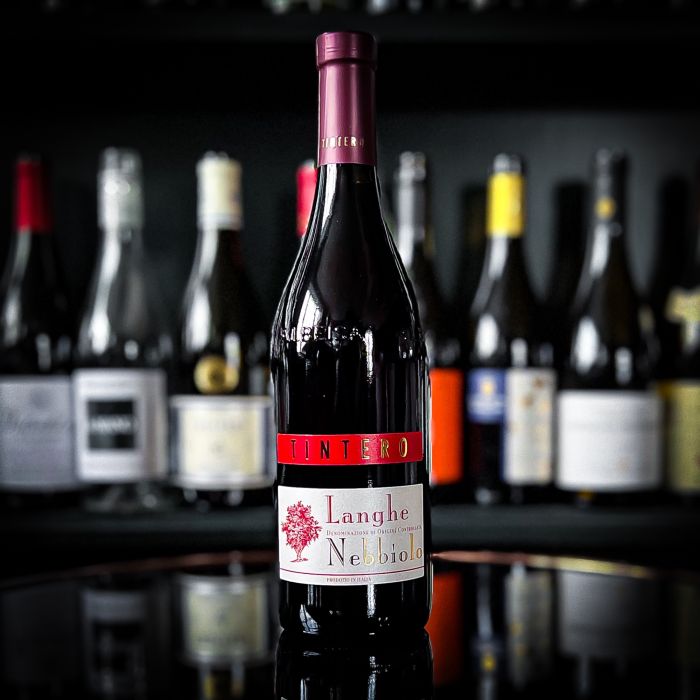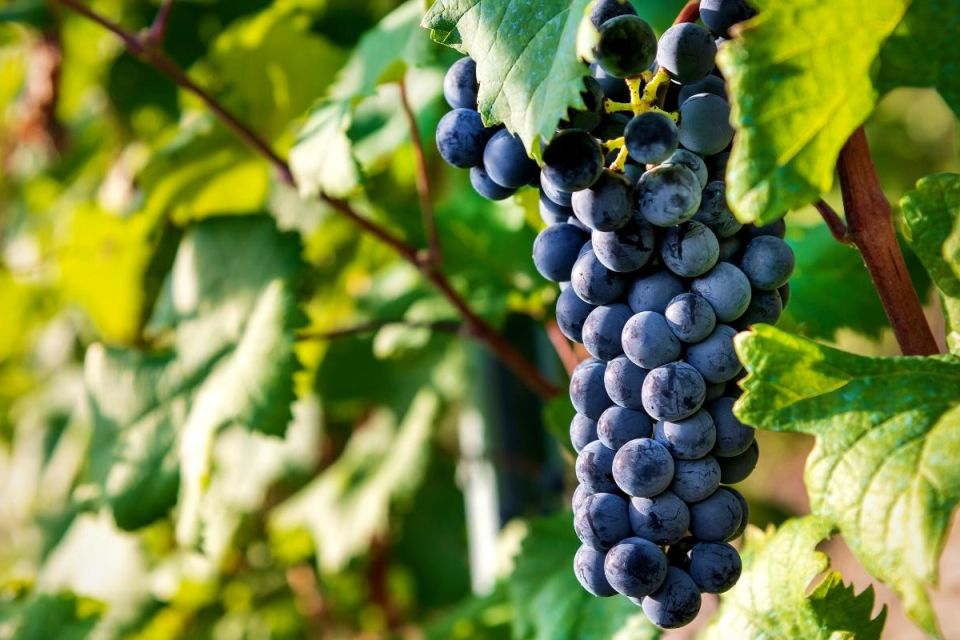Your Mini Basket
Hailing from Northern Italy’s Piedmont region, Nebbiolo is known for producing powerful, full-bodied wines with high acidity and high tannins, all while looking as pale as Pinot Noir. They have distinctive red-fruit aromas (red cherry, red plum), notes of dried herbs and floral characters (rose, violet). Most famously, it’s the grape that goes into Barolo and Barbaresco, two of the world’s finest wines.
Nebbiolo is often matured for extended periods of time, both in oak and in bottle, which helps soften its high levels of tannin. With age, the best examples gain aromas of mushrooms, tobacco, coffee and leather.
The name Nebbiolo derives from ‘nebbia’, the Italian word for fog. During harvest, which generally takes place in late October, a deep, intense fog sets into the Langhe region where many Nebbiolo vineyards are located. Alternative explanations refer to the white, powder-like natural bloom on the grapes, which forms as they reach maturity.


